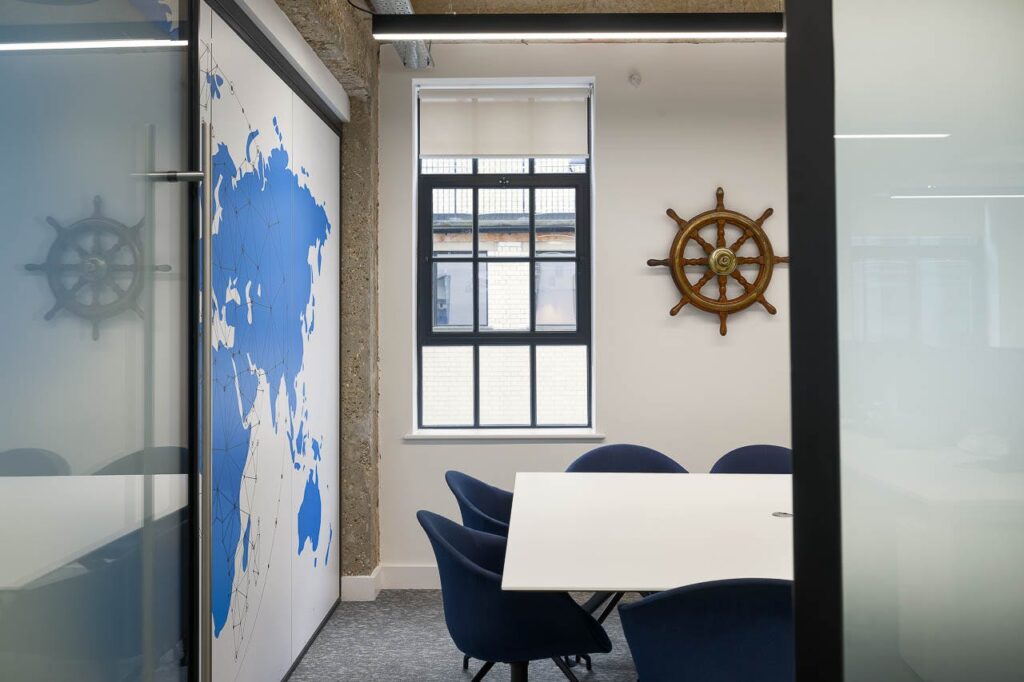Technology infrastructure forms the backbone of modern businesses, making IT planning a critical component of any office relocation. A poorly managed tech transition can lead to significant downtime, with research showing that IT disruptions cost UK businesses an average of £3,000 per minute during work hours.
When should IT planning begin for an office move?
IT planning should commence as soon as the decision to relocate has been made, ideally at least 6 months before the moving date. Early preparation is essential for a smooth transition.
The first step is appointing an IT project manager or team responsible for overseeing the tech relocation. They should begin by auditing your current infrastructure and creating a comprehensive inventory of all hardware, software, networking equipment, and telecommunications systems. This audit will inform decisions about what to move, what to replace, and what to decommission.
What connectivity options should I consider for my new office?
Connectivity options should be researched thoroughly before committing to a new office space. Internet access is the lifeblood of modern businesses.
Begin by checking what broadband services are available at the proposed location. Options typically include standard broadband, fibre broadband, leased lines, and in some London locations, full-fibre gigabit connections. According to recent UK connectivity surveys, areas like Shoreditch, Clerkenwell, and Soho offer some of the fastest commercial internet speeds in London, with average download speeds exceeding 300Mbps.
How do I ensure minimal downtime during the move?
Ensuring minimal downtime requires careful planning and potentially temporary duplicate systems. The goal is business continuity throughout the relocation process.
Consider implementing cloud-based solutions before the move to reduce dependency on physical infrastructure. Arrange for your new internet connection to be installed and tested weeks before the moving date, as providers often have significant lead times. Set up a temporary hybrid system where critical applications run in both locations during the transition period. Plan the physical move of servers and network equipment for weekends or outside business hours.
What about telecommunications systems?
Telecommunications systems are often overlooked but are crucial to business continuity. Modern options offer flexibility not available with traditional systems.
Consider whether to move your existing phone system or upgrade to a VoIP (Voice over Internet Protocol) solution, which offers greater flexibility for remote working and future office changes. If you’re keeping your business phone numbers, contact your provider at least three months before moving to arrange the transfer. Note that porting numbers can take 20 business days in the UK, so timing is essential.
How should I approach data security during the move?
Data security during an office move requires specific protocols to protect sensitive information. This is a vulnerable period that cybercriminals might target.
Create a detailed data security plan covering both physical and digital security during the transition. For physical moves, use secure transport for servers and storage devices containing sensitive data. Consider encrypting data before the move and maintaining chain-of-custody documentation. Ensure your backup systems are fully functional before, during, and after the relocation to protect against data loss.
What IT infrastructure considerations should influence my choice of office?
The physical infrastructure of your new office can significantly impact your IT capabilities and future flexibility. These factors should influence your property selection.
Check the building’s existing data cabling infrastructure, raised floors for cable management, server room facilities with appropriate cooling, and the availability of sufficient power outlets and capacity. Also consider physical security features like access control systems and the potential for installing your own security measures. The building’s layout should accommodate your networking requirements and allow for future expansion.
How can I use the move as an opportunity to upgrade technology?
An office move presents the perfect opportunity to assess and upgrade your technology stack. This can improve efficiency and reduce costs in the long run.
Conduct a thorough review of your current IT systems to identify pain points and inefficiencies. Consider whether cloud migration would benefit your operations, potentially reducing the need for on-premise servers and simplifying the physical move. Research shows that 67% of UK businesses use an office relocation as a catalyst for significant IT upgrades, resulting in productivity improvements averaging 15% in the year following the move.
What post-move IT support should I arrange?
Post-move IT support is crucial as system issues often emerge in the days and weeks after relocation. Proper planning can minimise disruption.
Arrange for enhanced IT support during the first few weeks after the move, either from your internal team or external providers. Create a priority system for addressing issues, focusing first on business-critical systems. Develop troubleshooting guides for common problems staff might encounter and consider implementing a dedicated support channel for move-related IT issues.
Conatact us to learn more today.
